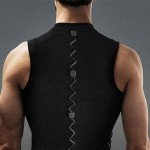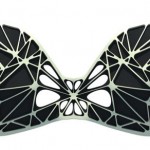Forget Ambien. Maybe Performance Sleepwear Will Get You A Good Night’s Sleep
Like clockwork, right when department stores start to display enormous Christmas trees and red poinsettias to get shoppers in the holiday mood, they also begin to put out stacks of neatly folded two-piece pajama sets. Most will be made of flannel. There will almost certainly be a Santa or Rudolph motif in the mix. And come the summer, these pajamas will have totally lost their charm.
This is unfortunate, because the vast majority of pajamas worn in the U.S. are purchased during the holidays. The market research firm NPD says that for the last four years, 17% of annual sleepwear transactions occur across the first three quarters and then shoot up to 50% during the last quarter. This would indicate that a lot of sleepwear is purchased for gift giving during the holidays, which makes sense: Pajamas are cheery, practical, cozy, and perhaps most importantly, since they aren’t worn in public, they don’t need to reflect the wearer’s taste. They don’t even have to fit all that well.
This also suggests that the sleepwear industry is not paying attention to consumers’ year-round needs. In fact, many holiday pajamas are designed primarily to look cute in family photos taken in front of the fireplace rather than ensure wearers a comfortable snooze. Given that we spend a third of our lives asleep, this is not optimal.
The National Sleep Foundation makes the case that what you wear to bed can impact the quality of your slumber. Sleepwear shouldn’t be too hot because when you overheat, your body does not produce enough melatonin, which precipitates sleep, or growth hormone, which helps the body repair itself overnight. The organization encourages people to think carefully about fabric, fit, and even small elements like buttons, snaps, or tags on their pajamas that might irritate their skin and disrupt their sleep.
The question is, do sleepwear companies also take these factors into account when designing garments? Rebecca Smith, founder of the new brand Recliner, says no. “For a long time now, sleepwear has been designed for the fourth quarter,” Smith says. “But I don’t think that this is what the consumer needs.”

Smith launched Recliner to create sleepwear designed for women’s actual sleeping and relaxing needs. Her introductory collection, which launched last year, included several practical little touches. For instance, the sleep shorts, which cost $65, have pockets and a waistband that flattens the stomach and does not ride up. They are long enough so that you wouldn’t feel embarrassed wearing them outside while grabbing the mail. They are made of a Japanese satin polyester that feels like silk but is also machine washable. “Luxury brands often sell silk pajamas that they then expect women to get dry cleaned,” she says. “Who has the time to dry clean their pajamas?”
Smith says her customers have responded well to these garments, but since the fabric was better suited for the warm months, she wanted to create a new collection suitable for year round. As a fashion veteran who spent 12 years at Herve Leger and Lulu Guinness, she began speaking to her sourcing contacts in Europe and Korea to find a material that would help regulate a person’s temperature so they felt warm while lounging around in the winter and comfortably cool under the sheets.
This quest led Smith to a bamboo jersey fabric that is light, soft, and smooth on the skin but has all the temperature-regulating properties you might find in a high-performing technical garment. Bamboo fibers have micro-gaps that trap cool air in the heat and warm air in the cold. It is also more absorbent than cotton so it prevents sweat from pooling on the skin. “I thought it was the ultimate performance fabric,” she says.
I tried one of Recliner’s bamboo nighties, which costs $85, in between seasons, just as summer was turning into fall—the ideal time to test its effectiveness. The first thing I noticed about the fabric is that it feels like a blend of silk and cotton, since it is both smooth and porous. The gown comes down to below my knees and has a racerback cut, so it looks like a summer maxi dress. I could wear it on a quick Starbucks run while the weather was still warm, and I didn’t feel indulgent wearing it while working at my desk from home. It was extremely comfortable to sleep in. It didn’t trap heat when outside temperatures were still high, and when they dipped, the gown felt cozy, helping my body warm up under the duvet.
The 25-year-old organic cotton and natural home furnishings brand Coyuchi has also been working on making more effective sleepwear. Eileen Mockus, who spent her early career in fabric development at Patagonia and North Face, became the company’s CEO three years ago. “I’ve spent a lot of time thinking about whether something works,” she says.
The company is committed to using organic cotton and does not incorporate synthetics. (It also has a social mission to avoid using cotton that has been treated with toxic chemicals known to harm entire communities of farmers in the developing world.) Mockus explains that cotton is a very versatile fiber. It is strong, so it can be made into towels and sheets that will be used, then washed, over and over. It is absorbent and breathable. And it can be knit in various ways to manage heat differently. Flannel, for instance, can be thick and heavy, while pima can be thin and silky. “It’s a workhorse fiber,” Mockus says.
According to Mockus, creating a garment for sleeping is a particularly challenging proposition because your temperature changes over the course of the night. One signal that your body is tired is that you feel a bit cold, but then as you get under your sheets, you warm up. “You want something that is immediately soft and warm to the touch,” she says. “But then you want something that is absorbent and breathable so that if you do overheat you won’t notice it.”
Coyuchi’s organic cotton line of pajamas for both men and women (priced between $68 and $198) was designed to do just that. The fabric is extremely soft and not too thick. I tried the shorts-and-tank-top pajama set and found it extremely downy against my skin. Mockus says that the fabric has a slightly napped texture that makes it particularly cozy. “Jersey with a slight brushing on it fills that tactile sensation that registers as warmth to most people,” she says.
And yet, even though it felt warm on my skin, it didn’t make me feel too hot under the bedding. This is probably because any sweat would get absorbed by the fabric, wicking away from my skin before it had a chance to get uncomfortable. When I washed the pajamas several times, they did not degrade in texture or pill.
Lunya, a two-year-old brand, has also been trying to improve women’s sleepwear. For founder Ashley Merrill, this comes down to thinking more like a tech firm than an apparel company. Rather than creating collections by season or organizing the supply chain to be more efficient, Merrill has taken a problem-driven design process. This means her team does very elaborate research about how women actually relax and sleep, then tests fabrics to make sure they solve the problems that women experience.
The brand discovered, for instance, that women really love wearing silk pajamas because they find them comfortable and luxurious, but they don’t have the time to care for them. Lunya went through an extensive fabric-testing process to find a silk that could be washed. Merrill discovered that a high-end silk with a matte finish could be washed by machine and would not leave water marks or fray the fabric. The brand recently launched a $168 two-piece washable silk set.
Rather than focusing on a particular fabric like cotton or bamboo, Lunya incorporates a range of materials to make garments meant to serve different purposes. To help with temperature regulation, the brand sells a collection made from Meneya, a fabric that blends Pima cotton and Lycra with Celliant, a technical fiber that uses infrared energy to stimulate cell performance and increase circulation in the wearer. Merrill explains that the textile is meant to increase oxygen levels in the body, which helps cells rejuvenate and even minimize pain. (I was not able to test the silk or the Meneya sleepwear for this article.)
These brands believe the stakes are high in the sleepwear industry. According to a study by the CDC from this year, one in three adults in the U.S. does not get enough sleep. The report pointed out that sleeping less than seven hours a day is associated with an increased risk of developing obesity, diabetes, heart disease, and mental distress, among other ailments. There are many reasons for our unhealthy sleep habits, including stress and our constant use of technology. How much a cozy pair of pjs can mitigate those issues is what the founders of these sleepwear brands want to nail down. If the right nightshirt or pajamas can improve the quality of sleep even a little bit, that’s reason enough, they say, to keep innovating. “It’s already hard enough to get a good night’s sleep,” Recliner’s Smith says. “It seems so silly to have your sleep disrupted because of an uncomfortable pair of pajamas.”
Recliner’s new bamboo collection

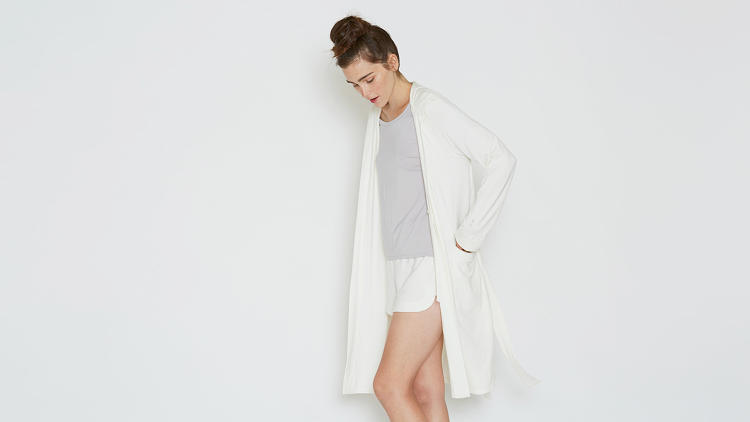
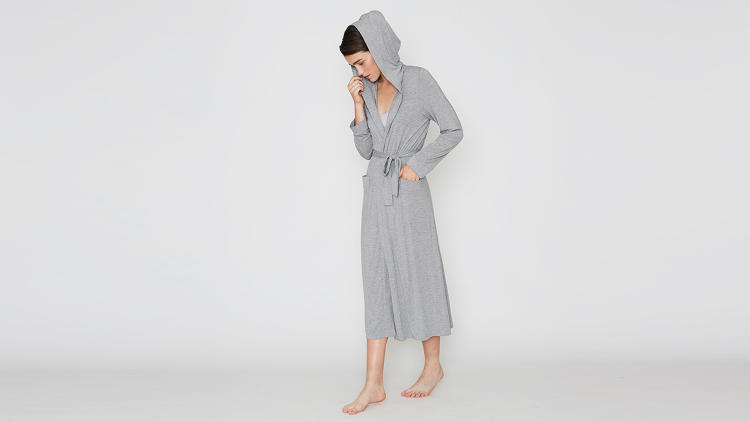

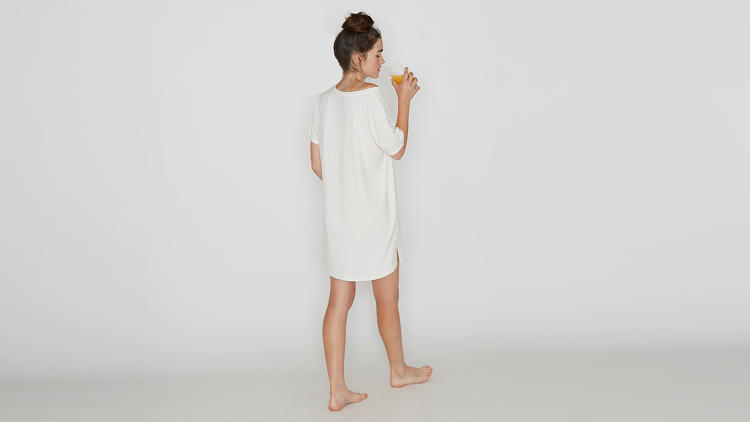
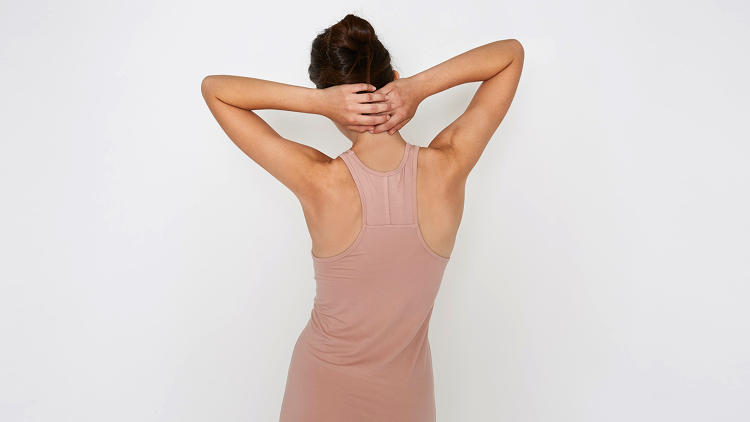
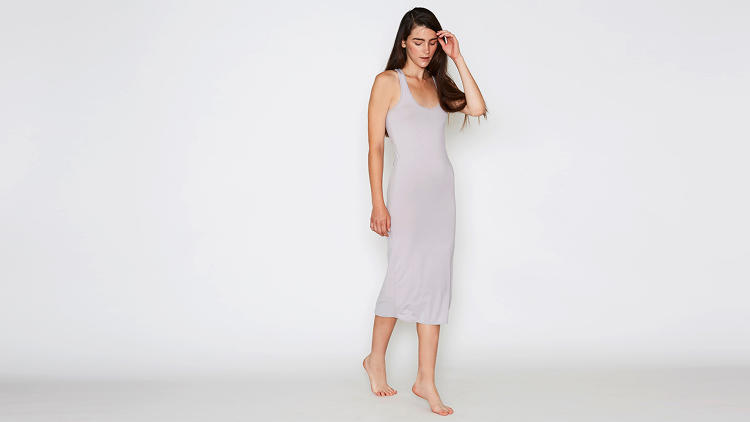
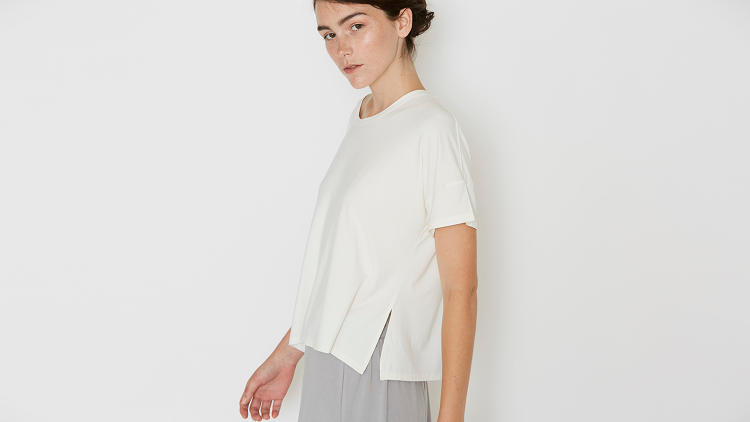
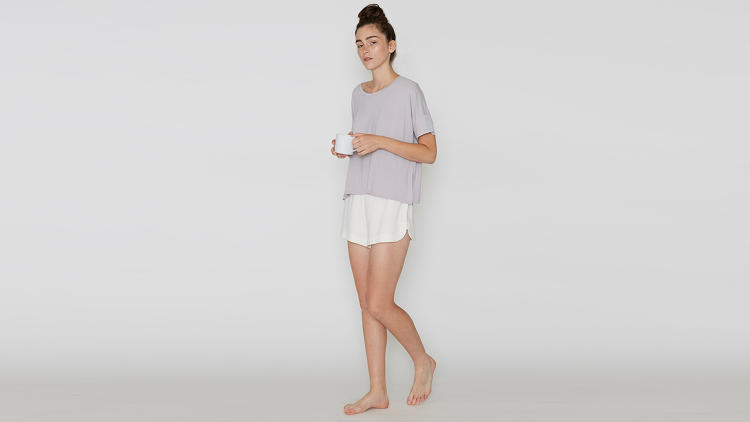
Fast Company , Read Full Story
(50)








